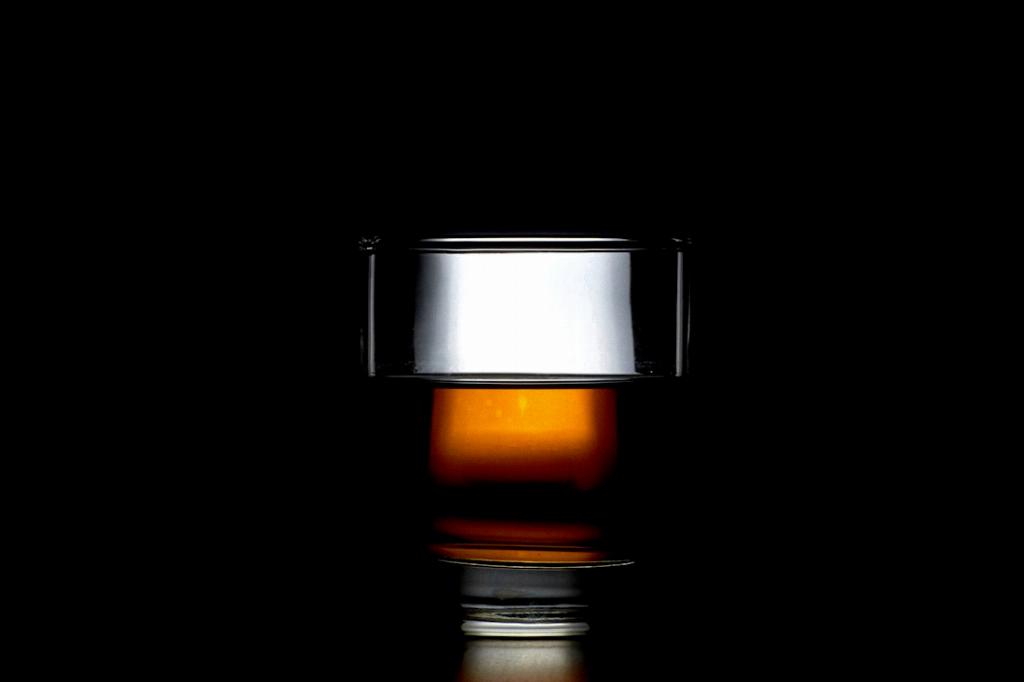When it comes to the world of whiskey collecting, one question that often arises is whether limited edition whiskey increases in value over time. The answer to this question isn’t as straightforward as one might think, but there are a few key factors that can help shed some light on the topic.
The Role of Rarity
One of the main factors that can influence the value of limited edition whiskey is its rarity. Bottles that are produced in smaller quantities tend to have a higher demand among collectors. This is because scarcity breeds exclusivity, and collectors are often willing to pay a premium for a rare bottle that is hard to come by.
The Influence of Age and Vintage
Another important aspect to consider when assessing the value of limited edition whiskey is its age and vintage. Generally, whiskey tends to increase in value as it gets older. This is due to a variety of factors, including the evaporation of alcohol over time (known as the angel’s share) and the maturation process that takes place in the barrel.
However, it’s important to note that there are exceptions to this general rule. In the case of limited edition bottles or special vintages, age may not always be the determining factor in value. Collectors often seek out specific releases or collaborations, which can drive up the price even if the whiskey is relatively young.
The Influence of Brand and Reputation
In the world of whiskey collecting, brand and reputation play a significant role in determining the value of a limited edition bottle. Whiskey aficionados often have their preferred distilleries or brands, and they are willing to pay top dollar for a bottle from these reputable sources. This can result in a higher value for limited edition releases from well-established distilleries.
The Art of Packaging and Presentation
While the liquid inside the bottle is undoubtedly the most important aspect of whiskey, the packaging and presentation also contribute to its value. Limited edition releases often come in unique and eye-catching packaging, which adds to their desirability among collectors. A well-designed presentation can make a bottle more attractive to potential buyers and increase its value over time.
The Influence of Whiskey Trends
Trends within the whiskey industry can have a significant impact on the value of limited edition releases. For example, a surge in popularity for a particular style of whiskey or a shift in consumer preferences may drive up the demand for certain bottles. This increased demand can lead to a rise in value for limited edition releases that align with current trends.
The Importance of Condition
Lastly, the condition of a limited edition whiskey bottle can greatly affect its value. Collectors are willing to pay more for bottles that are well-preserved and in pristine condition. Factors such as storage conditions, seal integrity, and overall appearance can all influence the value of a limited edition bottle.

In Conclusion
So, does limited edition whiskey increase in value? The answer is that it depends on various factors such as rarity, age and vintage, brand and reputation, packaging, whiskey trends, and condition. Collectors who do their research and keep an eye on these key aspects will have a better understanding of the potential value of a limited edition release. Ultimately, the value of a bottle will also be influenced by the whims of the market and the demand among collectors. Therefore, it is essential to approach whiskey collecting with a mix of passion, knowledge, and a keen eye for value.
